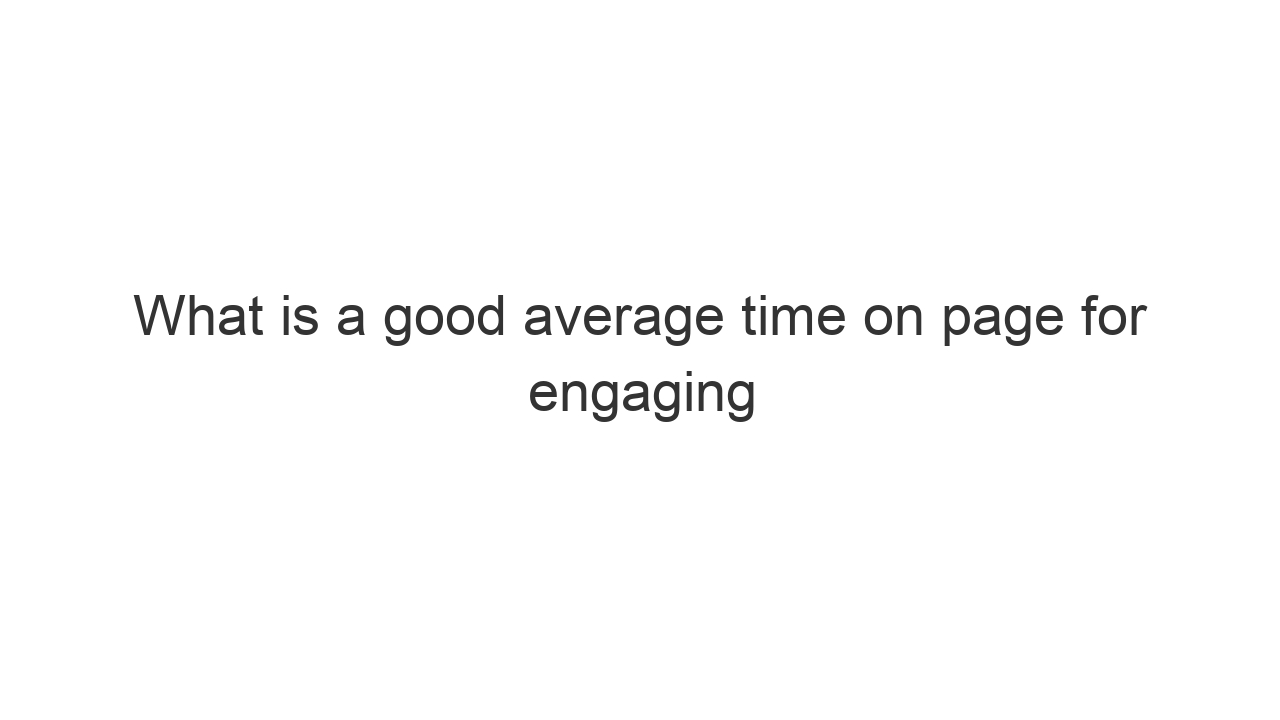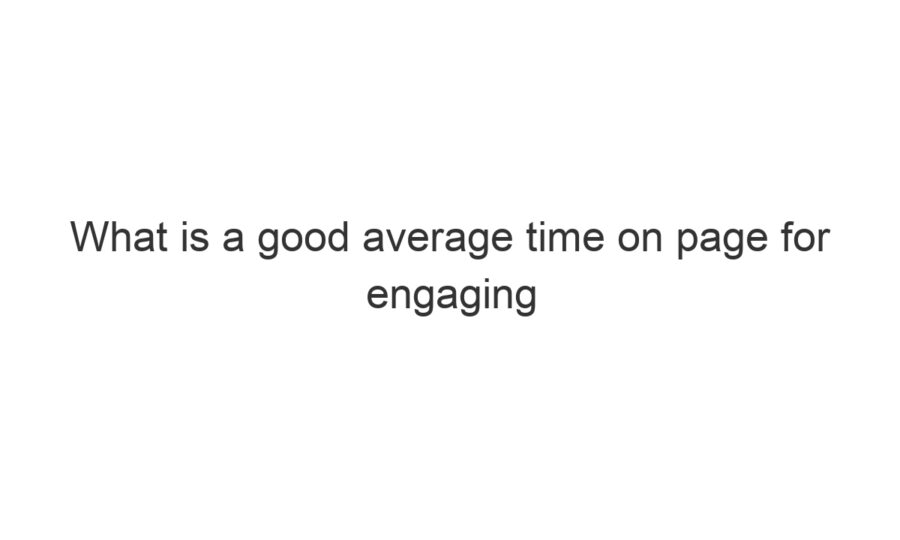Time on page measures the difference between when opens a webpage and then clicks another link. Or opens a new tab and visits the same domain. A common fallacy is that time on page represents all users, when it only captures those that complete those actions. So it is not reflective of an overall audience. It tends to skew up.
Newer platforms like Nudge measure Attention, a second by second measure, which captures the attention of all users. If a marketer is concerned about fraud, this could be a better metric to focus on. And the platform is very user friendly for users new to analytics.
Attention will provide a more accurate view of a customers engagement on page. For the average webpage or piece of content, about 48 seconds of attention is a good benchmark.

|
|---|



